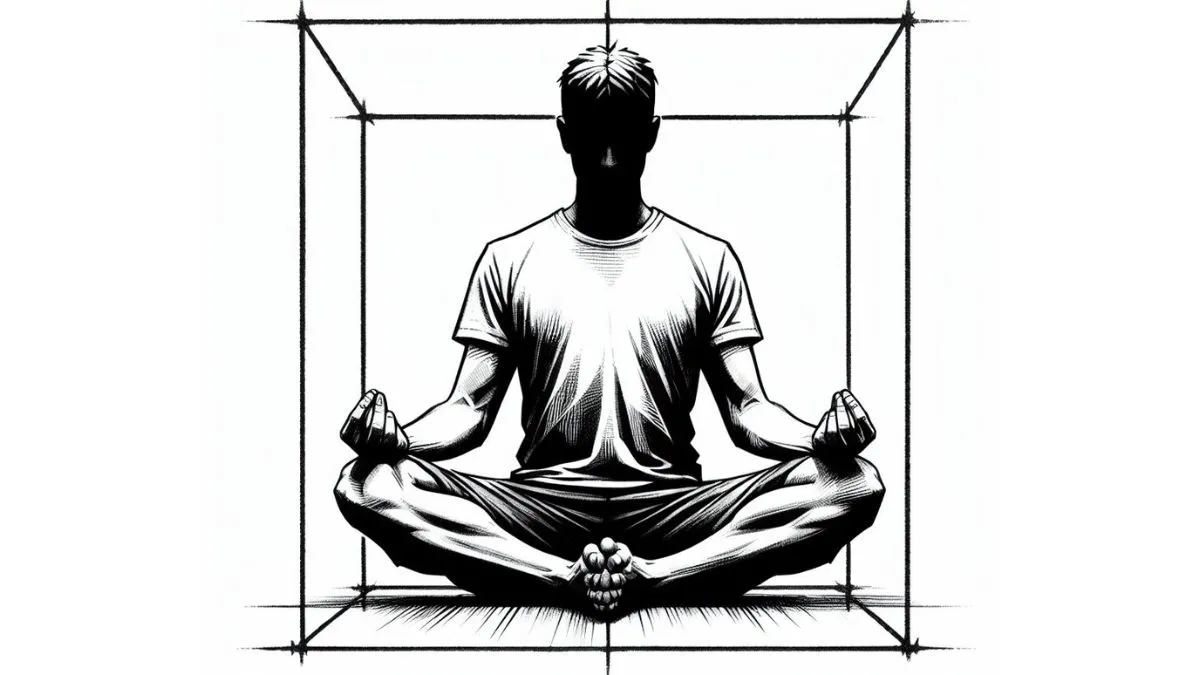Introduction
Tadasana, commonly known as the Mountain Pose, is one of the foundational postures in yoga, embodying the qualities of stability, strength, and grounding. Rooted in ancient yogic traditions, Tadasana serves as the blueprint for many standing poses and lays the groundwork for a balanced and aligned practice. In this article, we delve into the history, significance, benefits, step-by-step guide, and variations of practicing Tadasana.
Tracing the Origins of Tadasana
Tadasana finds its roots in ancient Hatha Yoga and the classical texts like the Hatha Yoga Pradipika. The term “Tadasana” is derived from the Sanskrit words “Tada,” meaning mountain, and “asana,” referring to a yoga pose. Just as a mountain stands tall and unwavering amidst all weather conditions, Tadasana encourages practitioners to embody similar stability and poise.
The Symbolism and Significance of the Mountain Pose
The Mountain Pose embodies several symbolic elements that resonate with practitioners:
- a) Stability: Like a mountain’s firm foundation, Tadasana cultivates stability and balance in the body and mind.
- b) Alignment: The pose emphasizes proper alignment of the body, promoting better posture and reducing strain on muscles and joints.
- c) Stillness: Tadasana encourages a sense of inner stillness, fostering mindfulness and a calm, meditative state.
- d) Connection to the Earth: This pose establishes a deep connection to the earth, grounding the practitioner and instilling a sense of rootedness.
Step-by-Step Guide to Practicing Tadasana

Follow these step-by-step instructions to master the Mountain Pose:
- Stand tall with your feet together, heels slightly apart, and toes pointing forward.
- Engage your thigh muscles and draw your kneecaps upward, keeping your legs straight but not locked.
- Lengthen your tailbone downward and lift the crown of your head upward, elongating your spine.
- Roll your shoulders back and down, opening your chest, and let your arms hang naturally by your sides.
- Soften your gaze, looking straight ahead, and relax your facial muscles and jaw.
- Distribute your weight evenly on both feet, feeling the connection with the ground beneath you.
- Breathe deeply and mindfully, finding a sense of poise and strength in the pose.
The Multifaceted Benefits of Tadasana
Tadasana offers a myriad of physical, mental, and emotional benefits that contribute to overall well-being:
- a) Postural Alignment: Regular practice of this pose improves posture, reducing strain on the spine and supporting muscles.
- b) Strengthened Muscles: The pose engages and strengthens the legs, core, and back muscles, enhancing overall body strength.
- c) Improved Balance: Tadasana cultivates a sense of balance and stability, promoting better coordination.
- d) Heightened Body Awareness: The alignment-focused nature of the pose increases body awareness and mindfulness.
- e) Stress Reduction: Practicing it induces a calming effect, reducing stress and anxiety levels.
- f) Energizing: The pose invigorates the body and mind, creating a sense of renewed energy and vitality.
Variations and Modifications
Tadasana can be adapted to suit individual needs and skill levels. Some common variations include:
- a) Raised Arms Variation: Inhale as you lift your arms overhead, bringing your palms together in Namaste position, and lengthen your spine further.
- b) Chair Tadasana: If standing is challenging, practice Tadasana sitting on a chair with your feet firmly grounded.
- c) Wall Support: To improve alignment, practice Tadasana with your back against a wall to support your posture.
Conclusion
Tadasana, the Mountain Pose, is a simple yet profound yoga posture that lays the foundation for a balanced and grounded practice. As practitioners stand tall like a mountain, they imbibe the qualities of strength, stability, and stillness into their being. With regular practice and a mindful approach, it becomes more than just a physical pose; it becomes a gateway to discovering the inner mountain within—resolute, unwavering, and connected to the essence of life.


